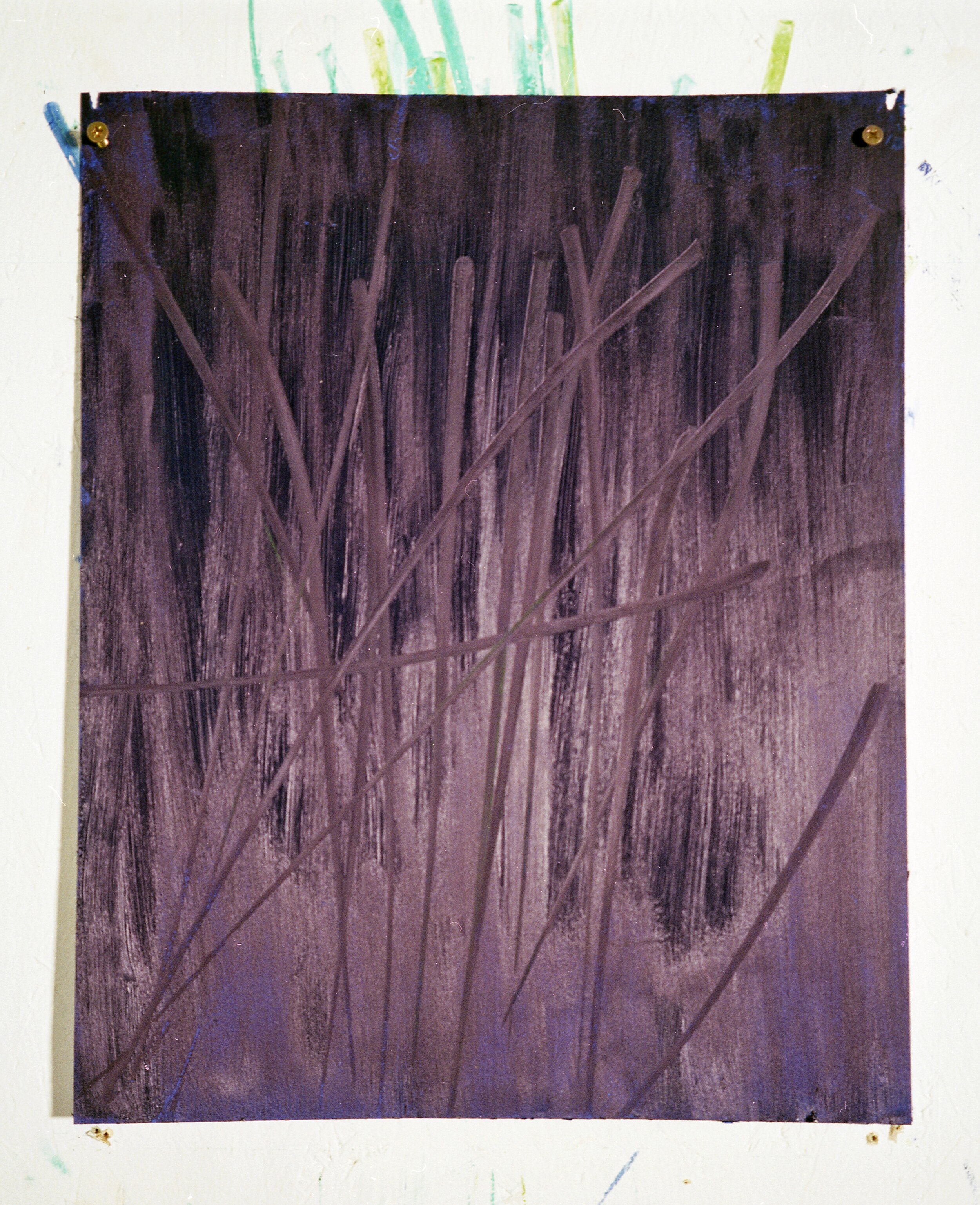
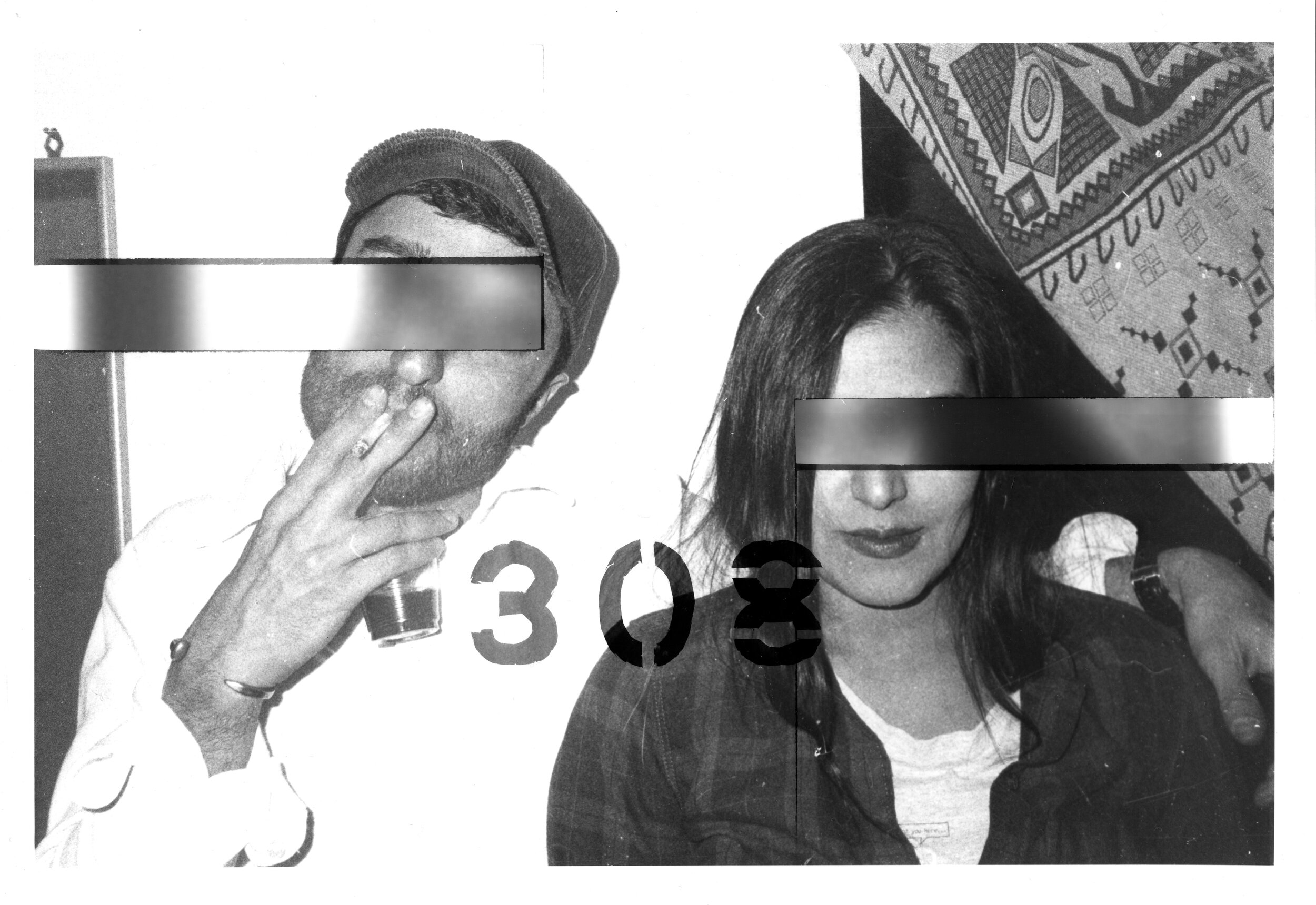
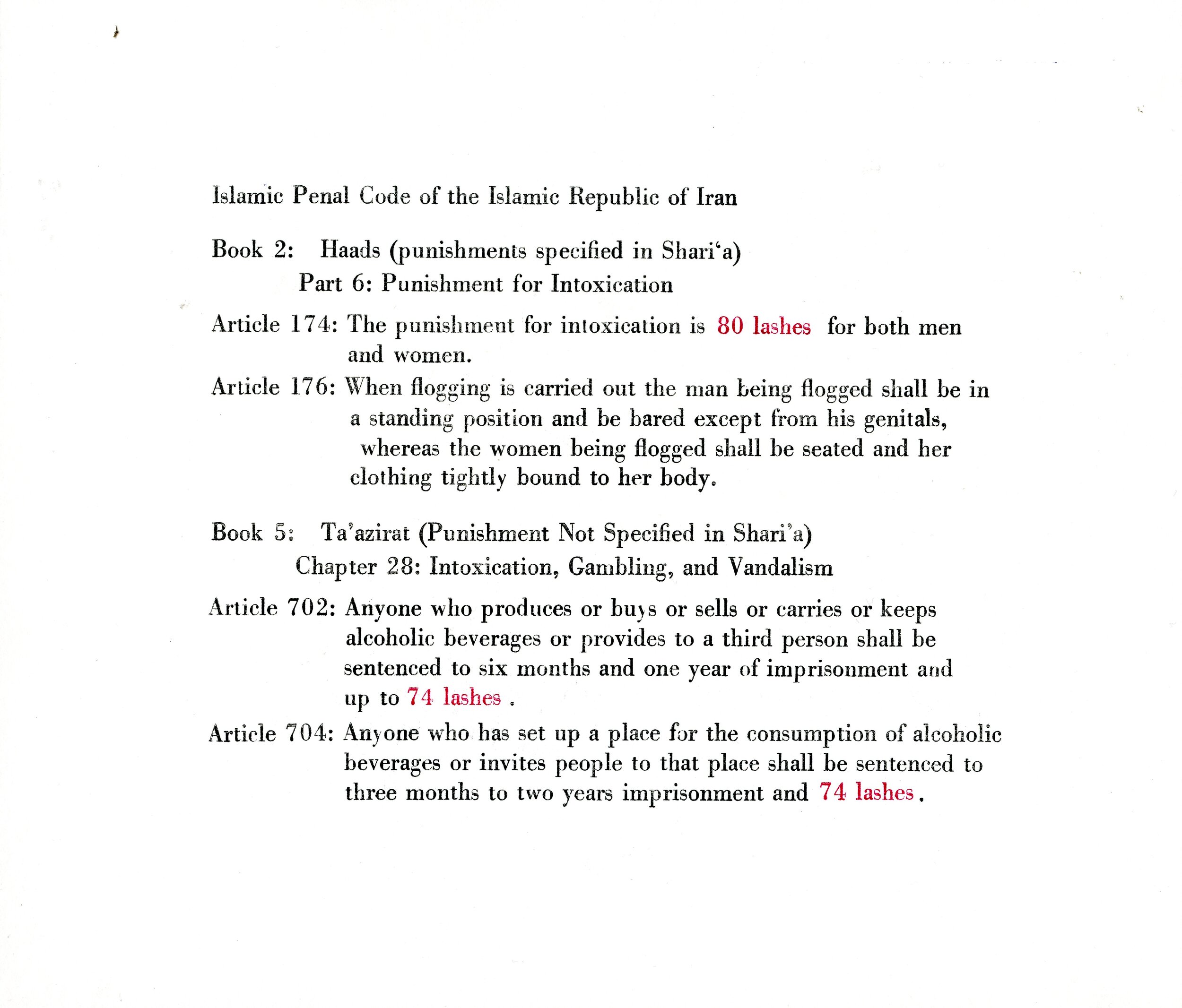
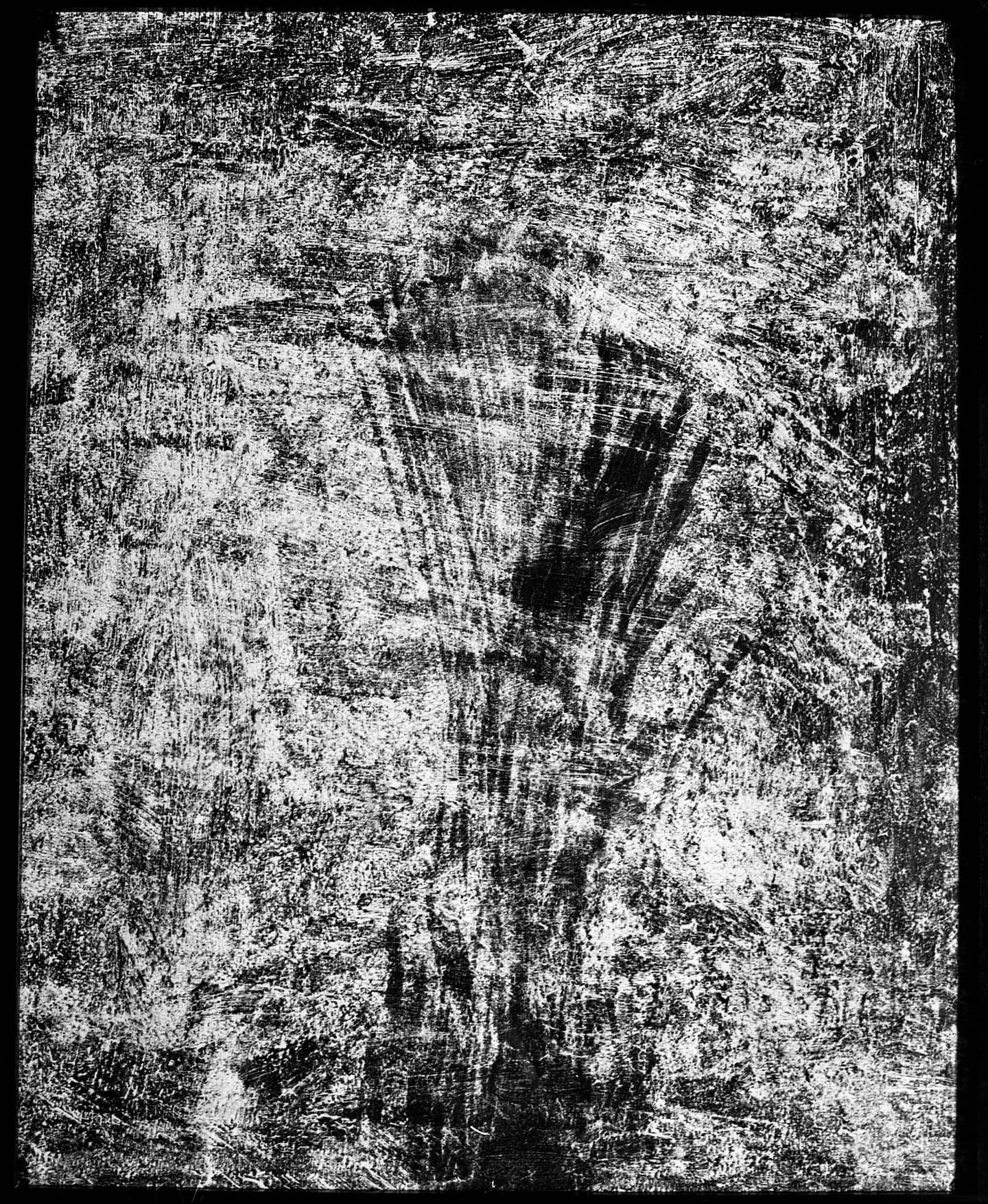

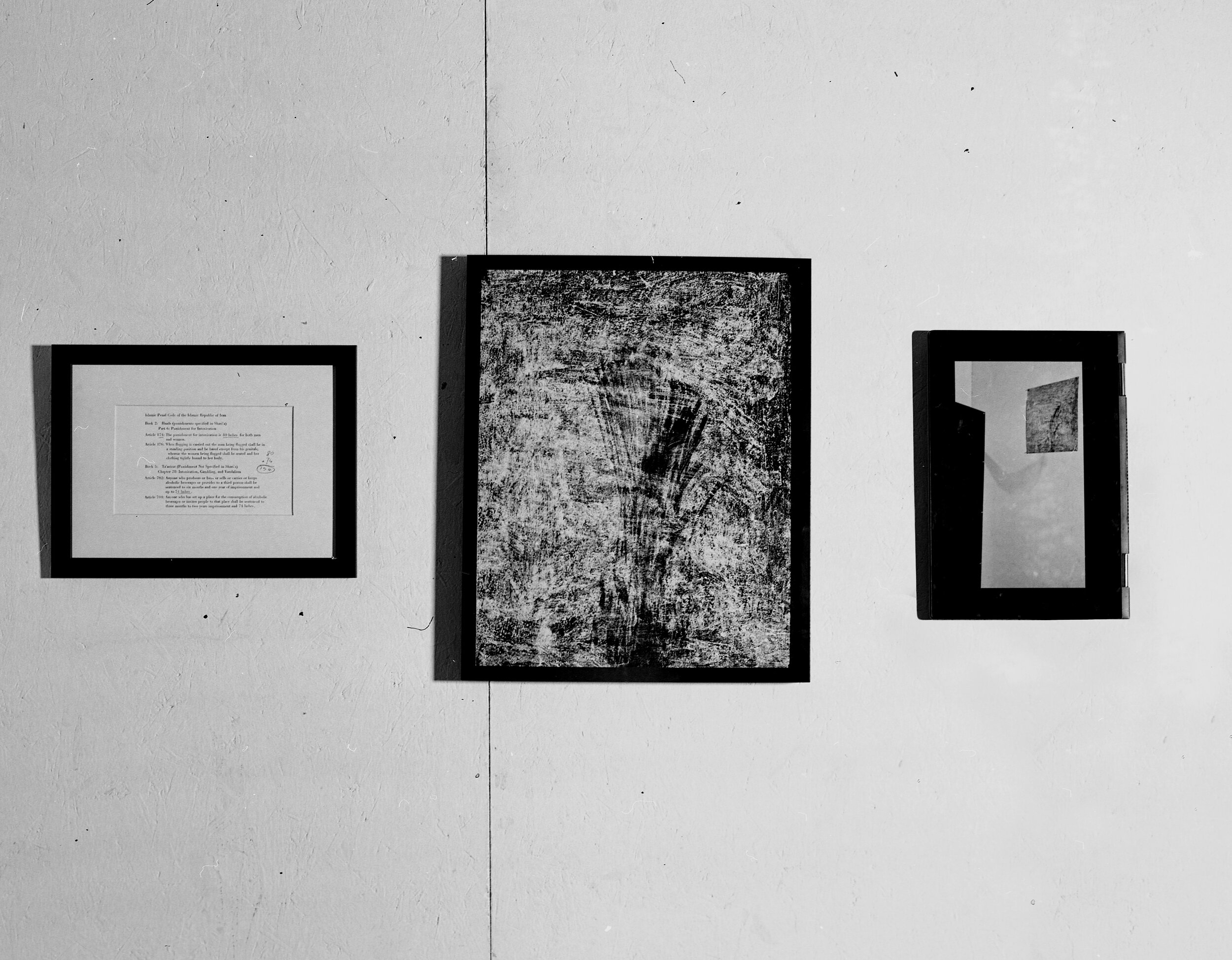
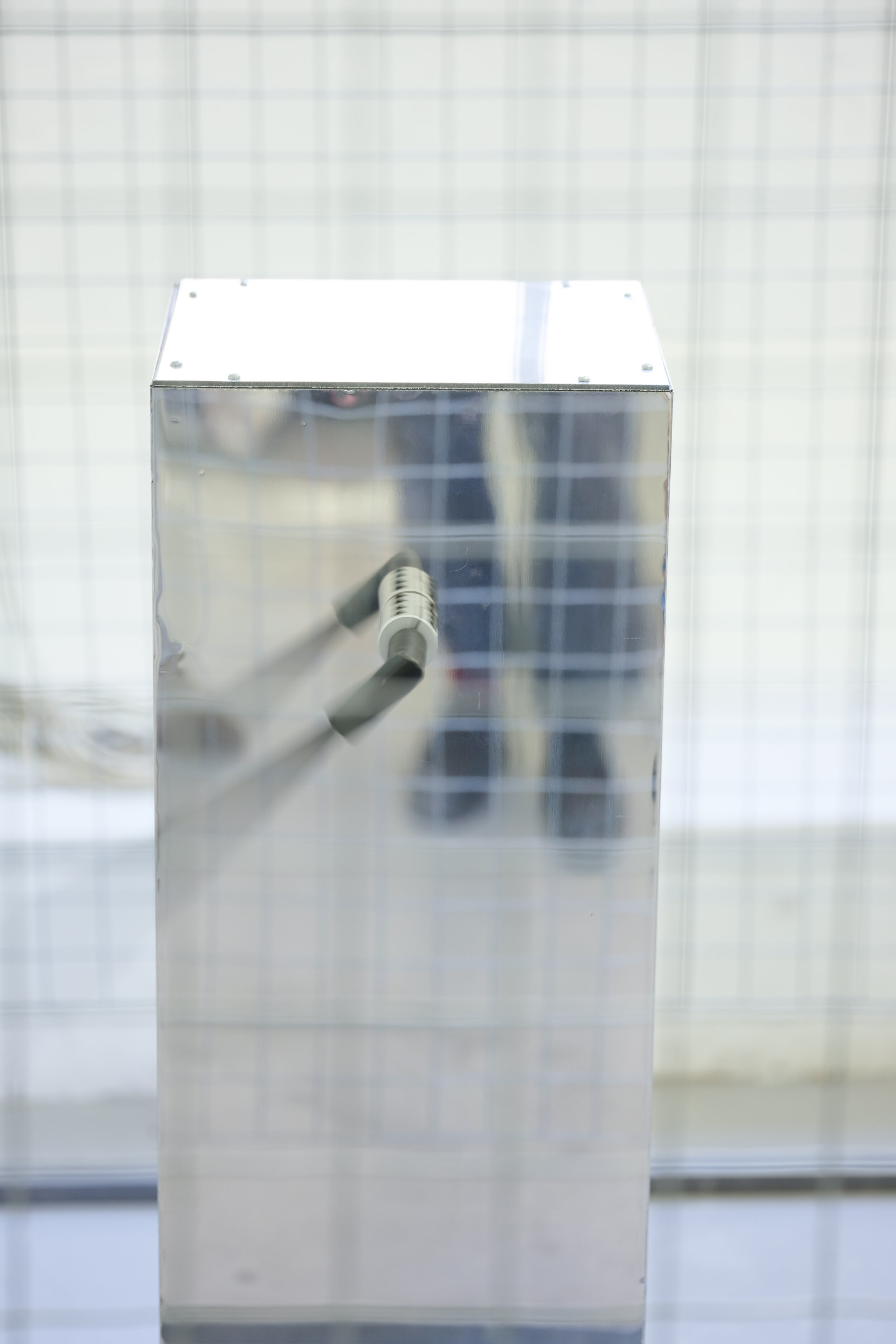
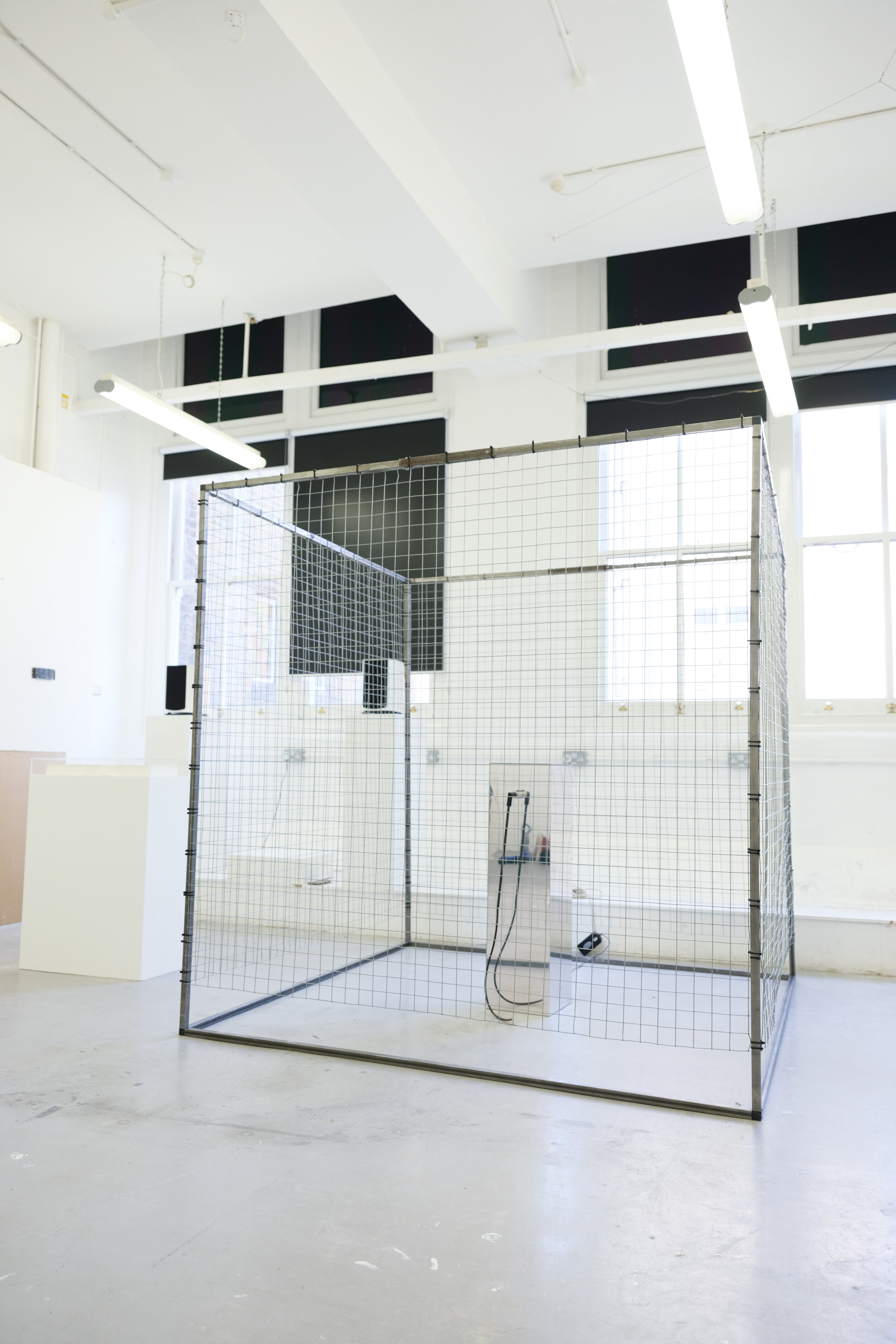
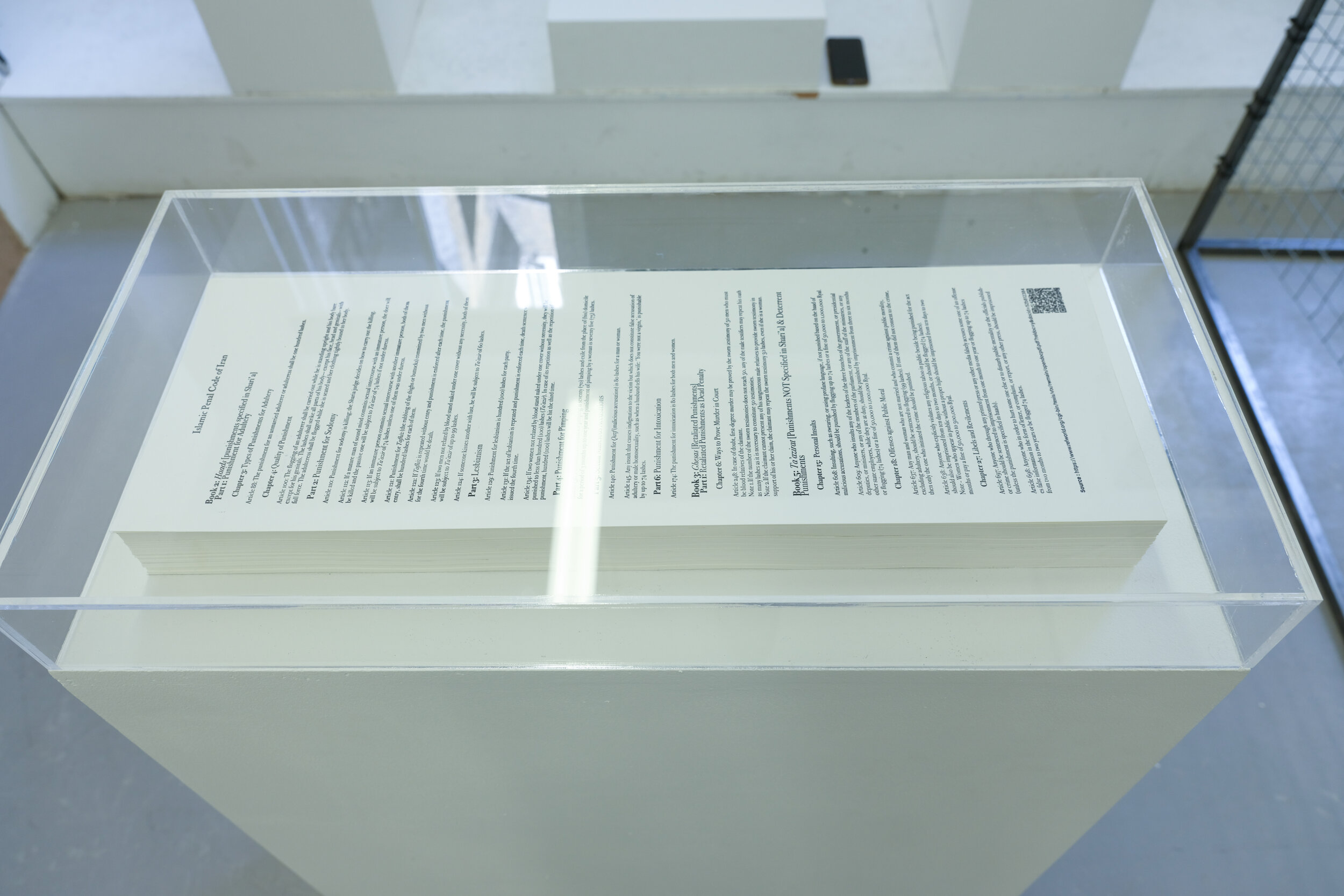
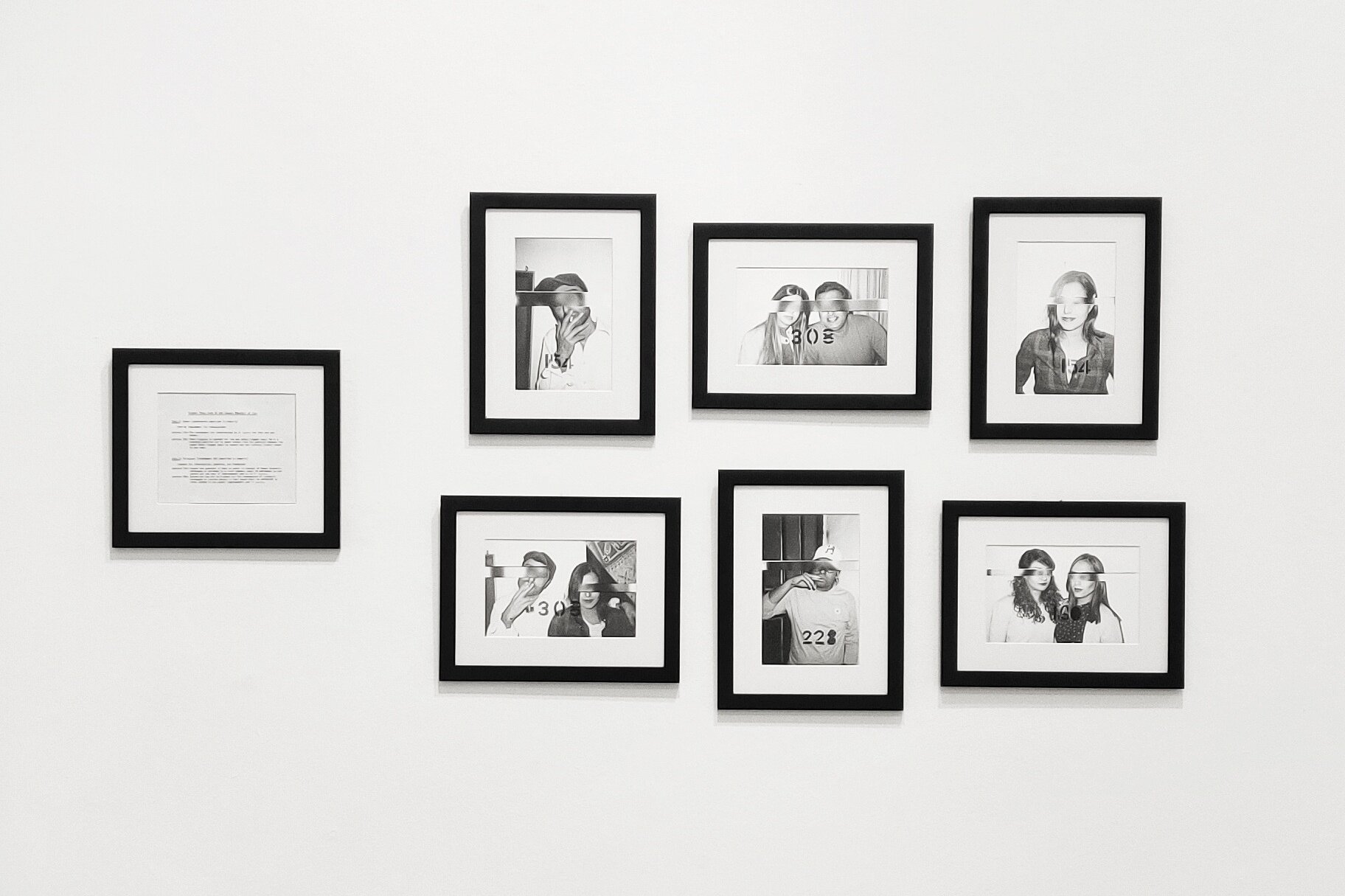
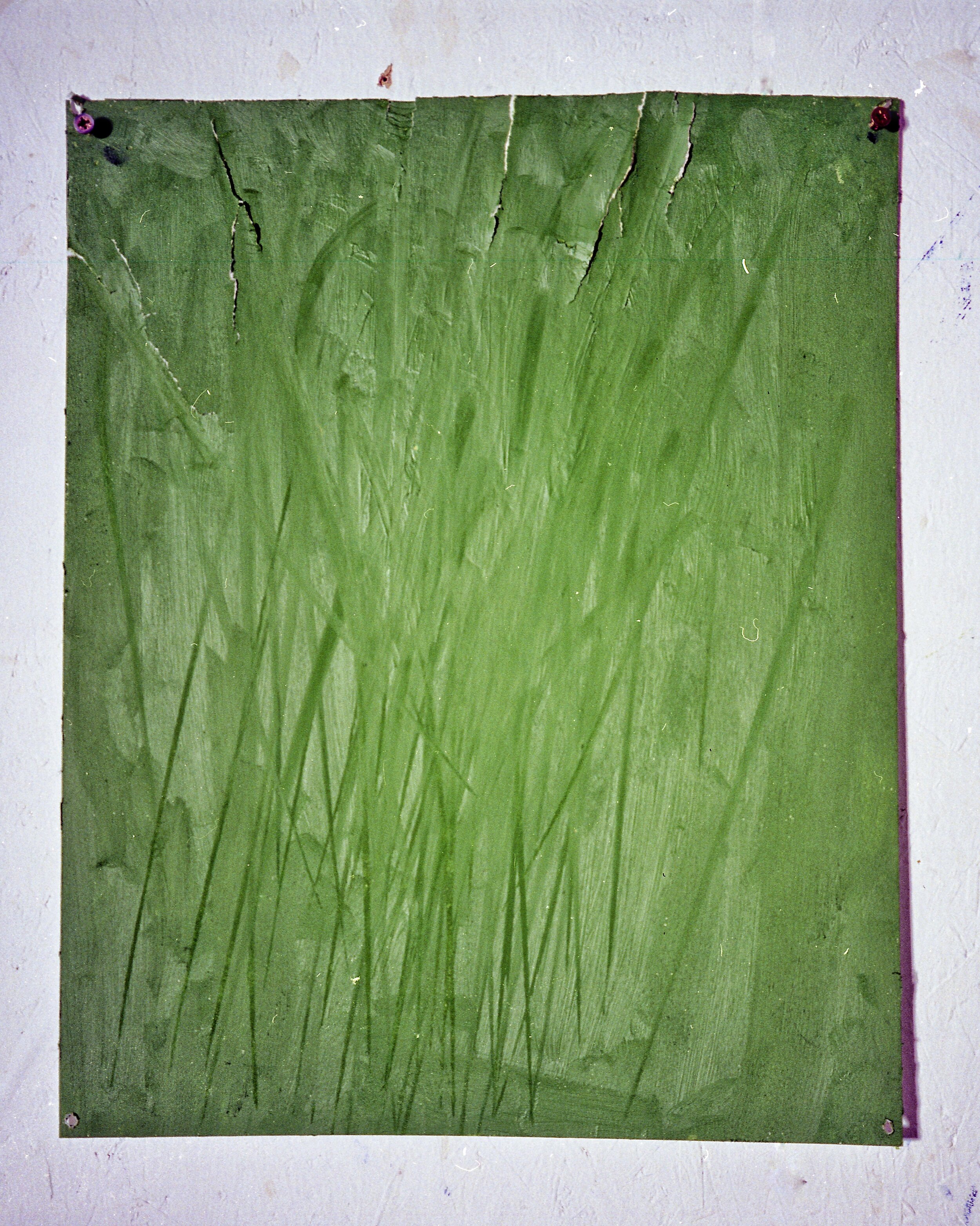
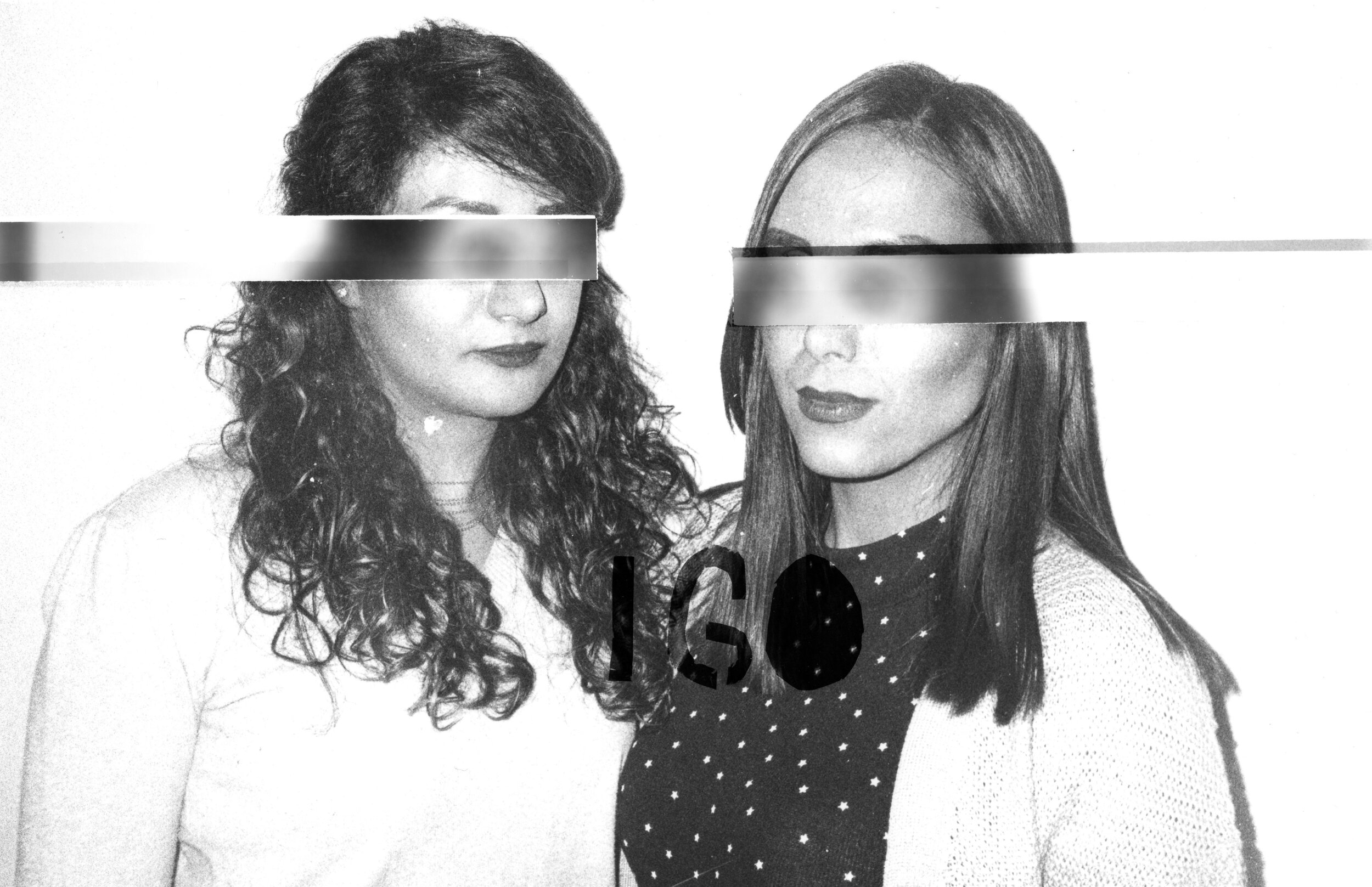
Amir Dehghan
Artist Statement
I think of my practice as a way of getting to know myself, it’s an exploration into my culture and an attempt at trying to find out where I stand as a British/Iranian. This exploration usually takes the physical form of installations, paintings, sculptures, robotics, photographs and soundworks, all of which revolve around the politics of Iran and cultural diaspora.
While politics is the action of changing things in society, in art there are many artists working with images from the media and from politics, but not interested in the consequences of their work. Political art is the one that works on the consequences of its existence, of its interactions and does not remain in the level of association or graphic memory. It is intervening in the process that is created after people think the art experience is over. Political art is the one transcending the field of art, entering the daily nature of people, an art that makes them think. The practice of making political art has transcended the walls of my studio, it has become an overwhelming responsibility, an obsession and most importantly a philosophy. To create political art is to choose to haunt yourself with the realities that exist behind closed doors, attempting to understand it and trying to make it aesthetic. Researching about the darkest parts of society, forcing yourself to empathise with the oppressed. All with the aim of translating the dark and censored in a way that is accessible and attractive.
Being an Iranian political artist which is free of state censorship and the many threats that exist within the borders of Iran, places me in a precious space. I can avoid the history of allegorical aesthetics that Iranian visual discourse is known for, I can afford to avoid abstraction and be blunt. My work attempts to incriminate the people that oppress and dictate a society, the Iranian people. A research-based practice that quotes and re-represents the political discourse of Iran, presenting it in a contrasting cultural setting, the west, to highlight the absurdity and violence of the Iranian political dictatorship. I attempt to manipulate the trust that comes with a neutral contemporary gallery space, to unapologetically tell the story of my people.
There's a very clear link that can be found within my artworks, I present a gesture that is culturally normal in the west beside an artefact that highlights the ways the same gesture is condemned in Iranian politics/society. In my first ever artwork 1446 Lashes, I present portraits taken at an underground party in Iran, though I censor the individual and present the penal code beside the portraits, a document which states the punishment for partying. The current work I’m completing plays with the same elements, one familiar and one foreign, connecting the audience with the familiar and shocking the audience with the foreign. It is this push and pull which I hope evokes audience empathy and connection, so that the topic of political oppression is more tangible.
To summarise, Iranian artists need to understand where they’re placed within their context, so they can base their expression upon their personal context. If an artist is based in Iran they need to understand their relationship with censorship and political/visual discourse. If an artist is based outside of Iran, they need to consider their relationship with freedom of expression, privilege and politics. I myself find myself with great responsibility and the confidence to be blunt, driven by empathy for the oppressed society within the borders of Iran.
Instagram: www.instagram.com/amirdehghanart
Website: www.amirdehghan.art
Emelie Ågren
Artist statement
I am a Swedish designer based in London with an experimental approach to materials. My practice revolves around processes and methodological experiments, where the outcome of these processes are crucial for the object application. My aesthetic expression blurs the line between art and design. I recently graduated from the MA Design Products programme at Royal College of Art, and previously obtained a Bachelor’s degree in Industrial Design from Konstfack, Sweden. My projects usually centers around the human / object relationship and how materials play an important role in this. I find it interesting to challenge the current norms of how materials are used, and like to test the limits of their performance. I like to use photography and film as a way of creating a narrative around the concepts, objects and to set the context which often is related to sustainability and environmental topics.
I draw inspiration from nature particularly from the northern part of Sweden, where I originally come from. My interests within the field of art and design has in the past couple of years been materials and sustainable development. I believe experimenting with materials is a way of making new discoveries that can lead to innovation when it comes to several areas of design such as products, architecture and as standalone sculptural statement pieces. Another area related to sustainability I believe is important to address is how changing the relationship between humans and objects are vital, and to reduce the perception of objects as being throw-away.
I think the relationship we have to the things in our lives are a constant source of inspiration, both the unhealthy relationships and the affectionate ones. It fascinates me how one object can have such sentimental value it’s being passed on for generations where another one collects dust with the tags still attached. In my dissertation “Can product design be abstract?” I explored the current norms of design and whether or not form and function have to align, and if products can work as completely abstracted objects. During the dissertation, participants were involved and took part in workshops and tasks, with an aim to answer these questions. This resulted in a few surprising insights on how people will adapt foreign objects to their environment.
To summarise, in my practise I like to continuously question norms, how we relate to materials and objects, and aim to look through a sustainability lens when making decisions. Physical objects and making of them is always central, whether or not I am attempting sculpture, products or abstract material samples.
Instagram: www.instagram.com/emelie.agren.designs




